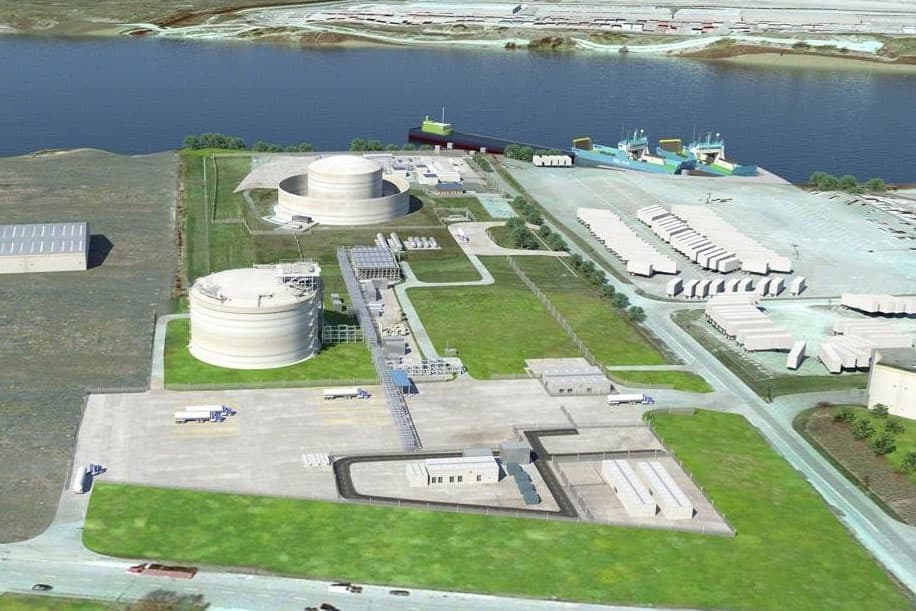The differential between natural gas prices in North America and Asia underscores the benefits of exporting natural gas in liquefied form.
British Columbia’s economic growth can expect a significant boost starting around 2019 and 2020 from the $40 billion LNG Canada project, through increased employment and non-residential construction.
And Canadian natural gas producers can expect to make roughly $5.8 billion more than they do now from selling pipeline gas domestically and to US buyers.
Those were some of the highlights of an economic analysis presented by economists at a recent forum hosted by Resource Works.
The LNG Canada project is expected to add up to 0.5% to BC’s GDP growth, with incremental spending of $12 billion and a boost in non-residential construction and employment.
A lot of that growth will be regional, with the North Coast experiencing “a substantial boost in their economies,” according to Business in Vancouver. The North Coast-Nechako region can expect a 3.5 percent to four percent increase in employment over a three-year period.
Former Statistics Canada economist Philip Cross, now a senior fellow at the Macdonald-Laurier Institute, used Statistics Canada modelling on the Coastal GasLink pipeline to give the forum a snapshot of the increased value that the LNG industry is expected to bring to BC.
He said the $40 billion LNG Canada project would increase natural gas production in BC by 10%, and raise the value of the gas produced by at least $519 million annually. Based on current Asian prices, however, the value would likely be closer to $5.8 billion.
That $5.8 billion is the added value of LNG exports over what Canadian producers get now from selling pipeline gas domestically and to the US. The differential between natural gas prices in North America and Asia underscores the benefits of exporting natural gas in liquefied form.
The smaller Woodfibre LNG project in Squamish would increase in value by $500 million annually, according to Cross. For every $500 million in increased value, about $98 million would flow to BC businesses, mostly in the service industries, he said.
Cross’ modelling focused only on the Coastal GasLink pipeline and the resulting increased gas production. It did not include potential economic benefits from the $18 billion LNG plant that will be built in Kitimat.
The Coastal GasLink pipeline is expected to stimulate the BC economy in three main ways: First, there is the $6.2 billion that will be spent building the pipeline. That alone is expected to generate 2,000 to 2,500 construction jobs, with peak construction happening in 2020 and 2021. Then, Cross estimates, the pipeline will increase natural gas production in BC by 10%. And finally, producers can expect higher prices, since prices for LNG in Asia are much higher than prices for pipeline gas in North America.
Some LNG is expected to displace coal power in Asia, especially in China, South Korea and India. But Chinese officials made it clear at the forum that a significant phase-out of coal is not something that’s going to happen any time soon.
Canadian Environment Minister Catherine McKenna recently urged China to sign on to the Powering Past Coal Alliance – an effort to get countries to phase out coal power.
But “China refused,” Jiang Wen-Ran, president of the Canada-China Energy and Environment Forum told the Resource Works forum. “…They cannot get rid of coal. Internally they want to do as much as possible, but coal is still much cheaper.”

